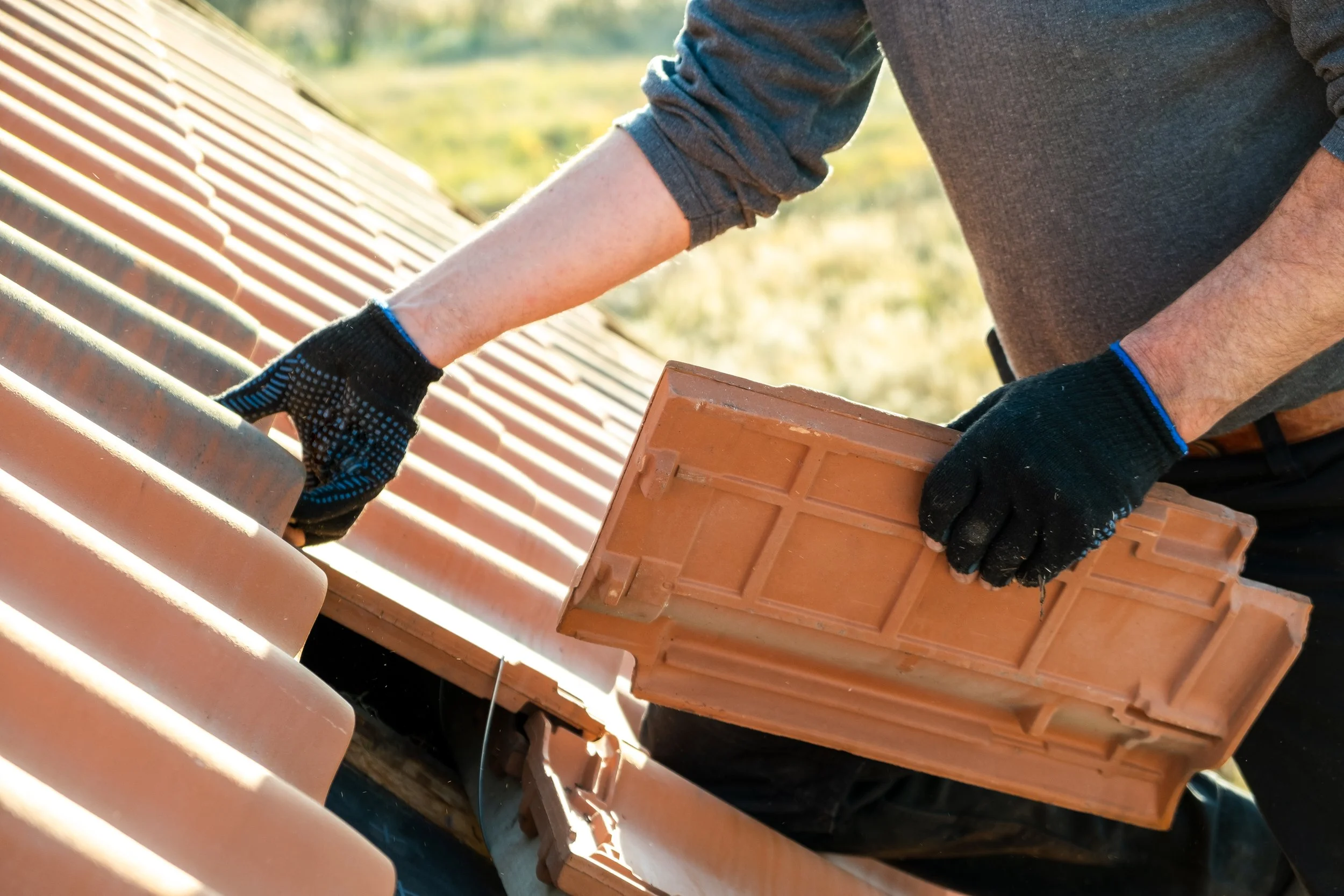Tips for Replacing Your Roof
You may choose to replace your roof due to several reasons. The most common ones are deteriorating roofing materials, structural problems in the building, the unattractive appearance of the roof, and leakages. Here are important tips for replacing your roof.
Completely Replace the Roof
You might think that simply placing a few new shingles here and there will be enough, and therefore save you both time and money. However, this would merely be the equivalent of putting a band-aid on a gaping wound. Depending on the age and condition of your roof you may be unable to avoid a complete roof replacement. If you require a full replacement and merely slap on a few shingles where needed you run the risk of exacerbating the problems your roof has. This is especially true if, thanks to the new shingles, you then can’t see or monitor the situation going on underneath them, meaning your roof is able to keep deteriorating with no way to see how bad it actually is. Thus, the best thing to do is bite the bullet and figure out how much a roof replacement is going to cost instead of trying to replace a few shingles and call it good.
Install Thicker Shingles
Thicker shingles are more durable and resistant to mold and mildew. They also provide a better insulation value than the shingles of normal thickness. Moreover, they are more aesthetic and can be installed easily.
Use a Heat-Absorbing Underlayment
A heat-absorbing underlayment is an important part of a new roofing system. It provides insulation, thermal resistance, and sound deadening qualities in a single product. Moreover, it helps prevent water penetration into the roofing system while ensuring a good bond with the shingles.
Inspect and Repair Your Roof Deck
You will need to inspect your roof deck during a roof replacement. It might be damaged due to wind, hail, or other weather conditions. It would be best to repair the damaged area and remove all the loose materials.
Ventilate Your Attic
Proper ventilation allows warm or hot air to easily escape from your roof. If it’s unable to do so, there’s the chance for condensation to form and that moisture to get trapped into the roof itself. This will of course lead to permanent damage in your roof, and if you’ve just replaced it you’re now out what it cost to do so as you’ll either have to have it repaired or replaced again. The best methods for ventilation would be to include roof vents, which allow the air to directly escape, or to use a fan which can circulate the air in your attic.
Insulate Your Attic
At the same time, the attic can be one of the coldest place in the house. In winter, it gets very cold, and it gets very hot in summer. If your attic is not insulated properly, you can suffer from condensation on walls and ceiling and heat loss through cracks in the wall and ceiling. Before installing a new roofing system, you will need to replace them with more efficient insulation materials such as rigid foam board or spray polyurethane foam.
In conclusion, there are many factors that you need to consider when installing a new roof. You need to consider the cost, weather conditions, materials used, etc. If you follow these steps, you will be able to install a new roof without any problems.


